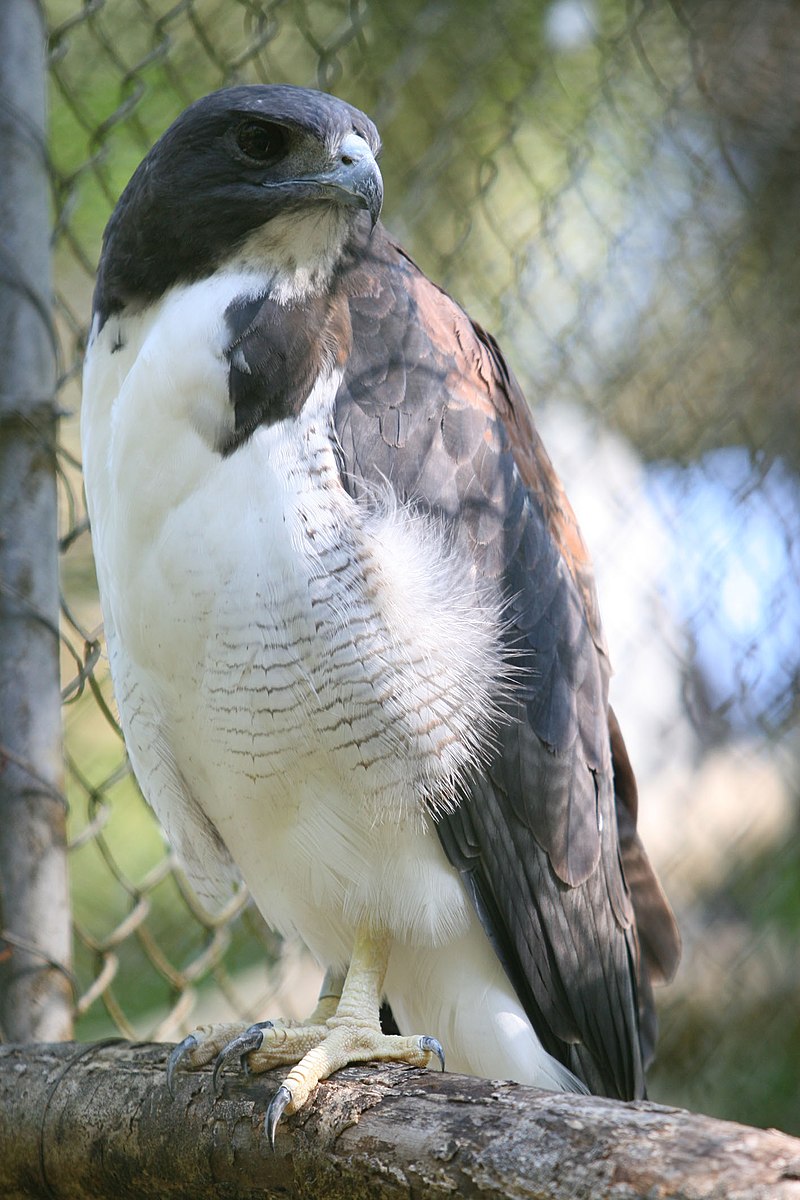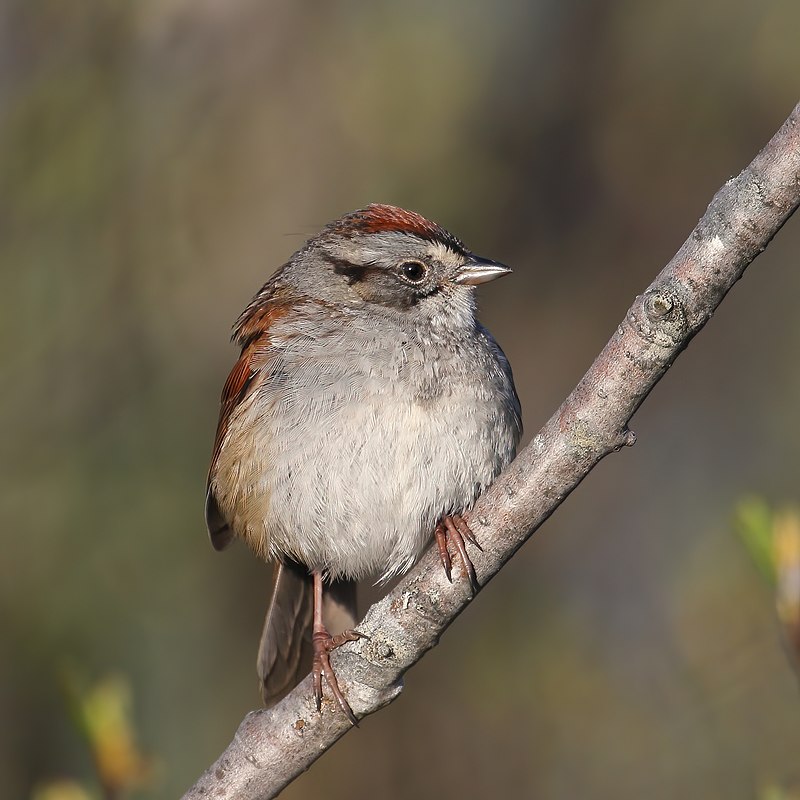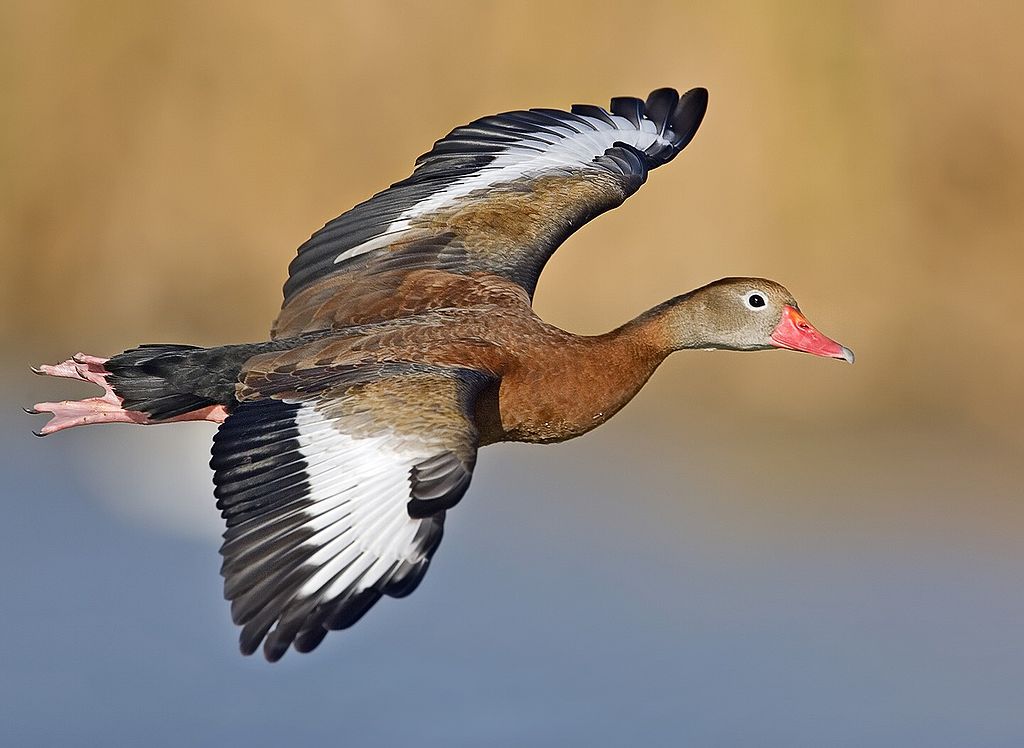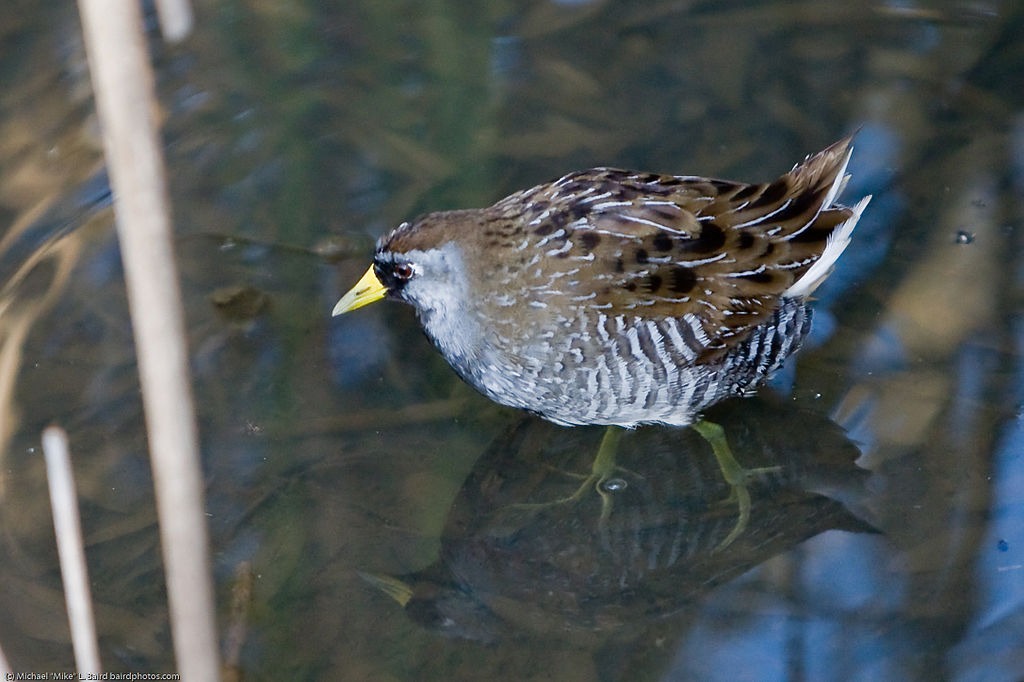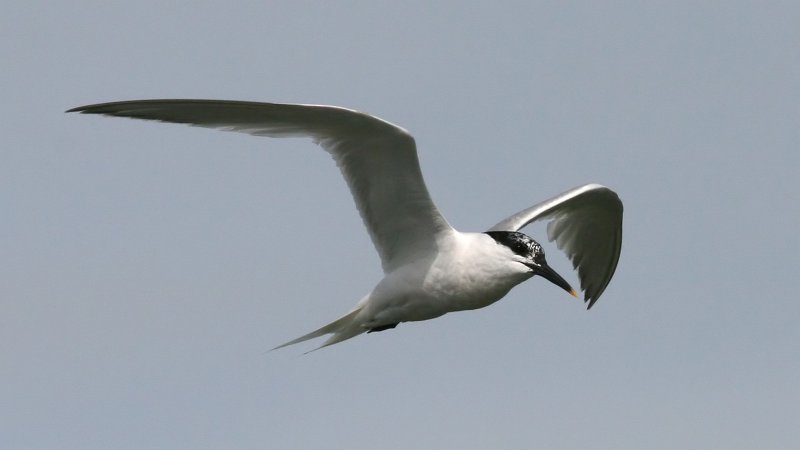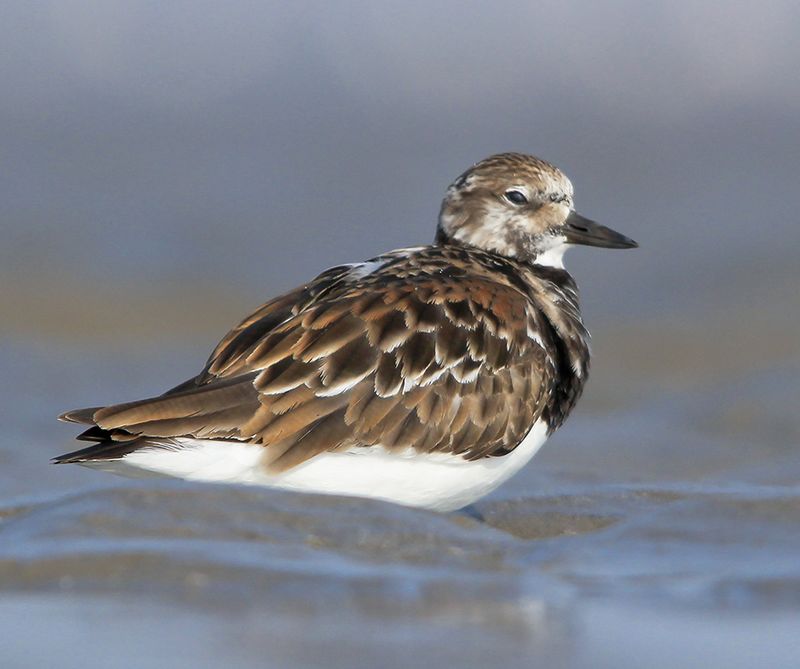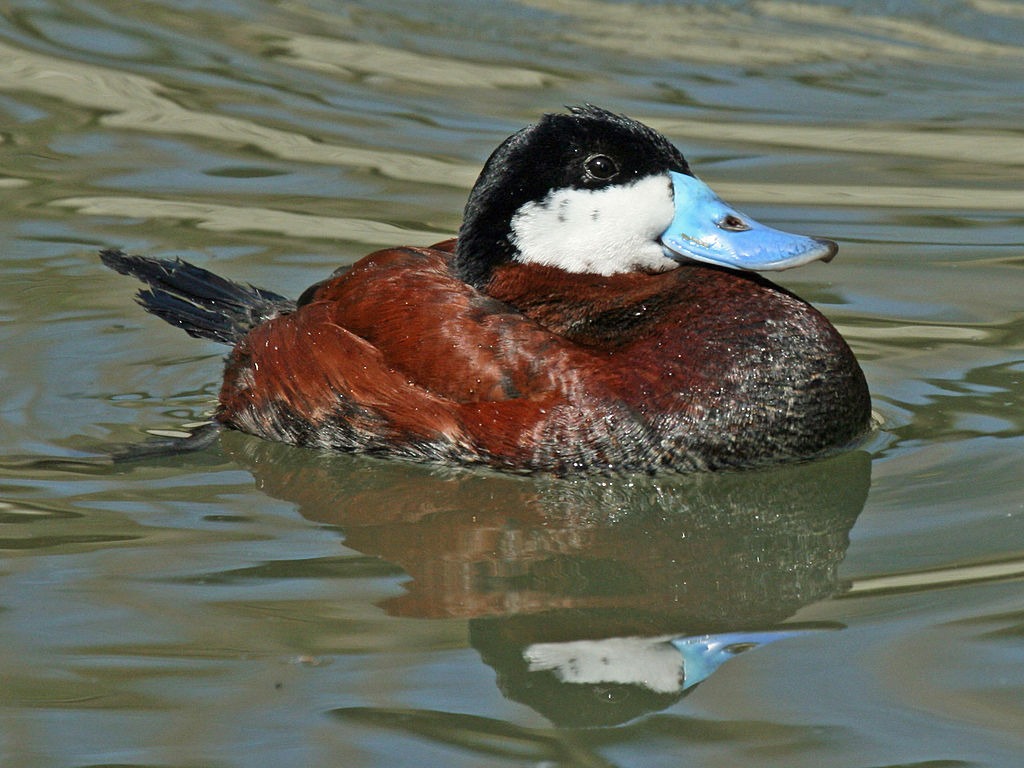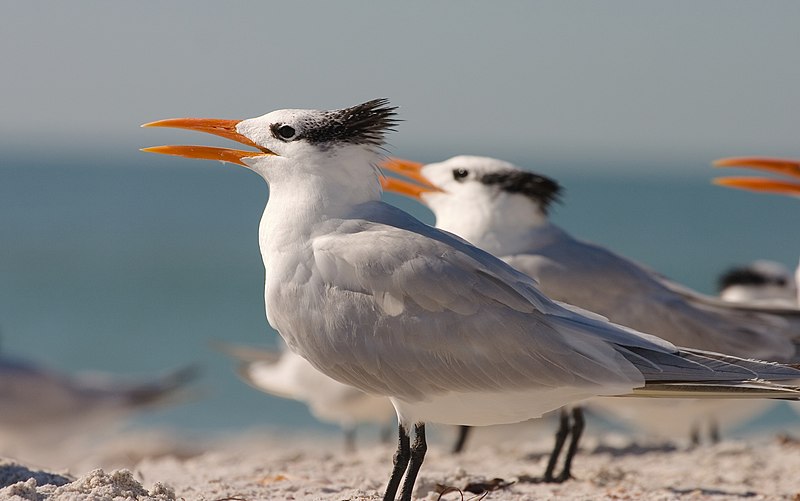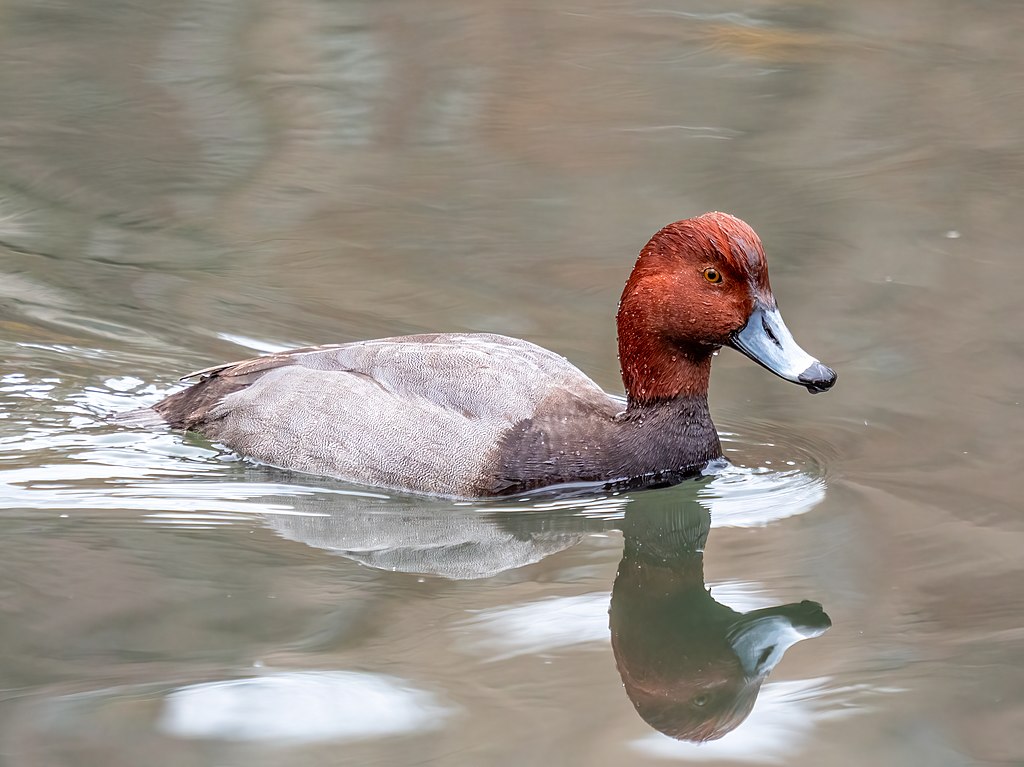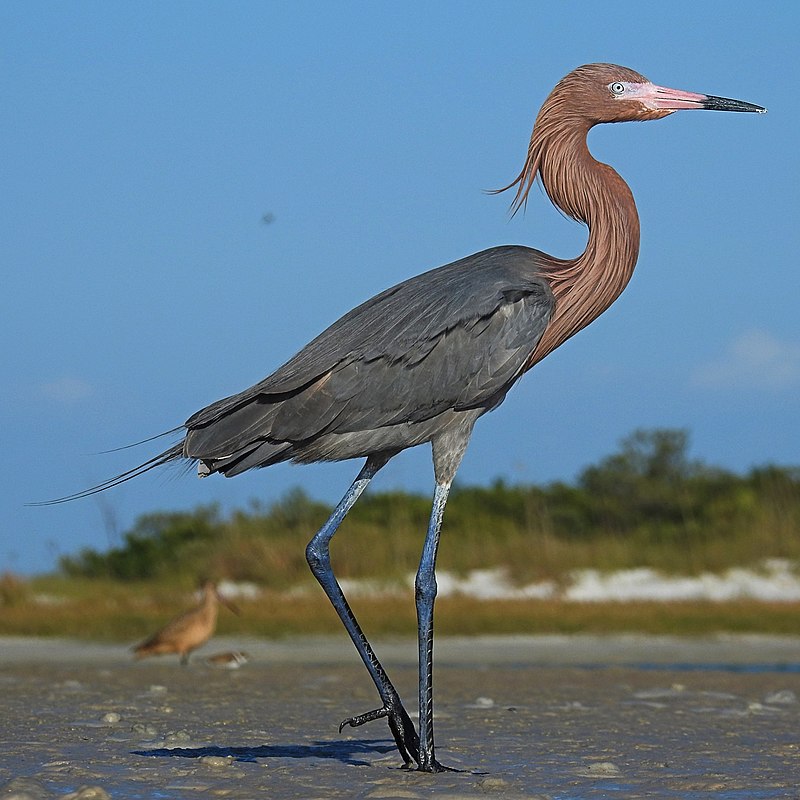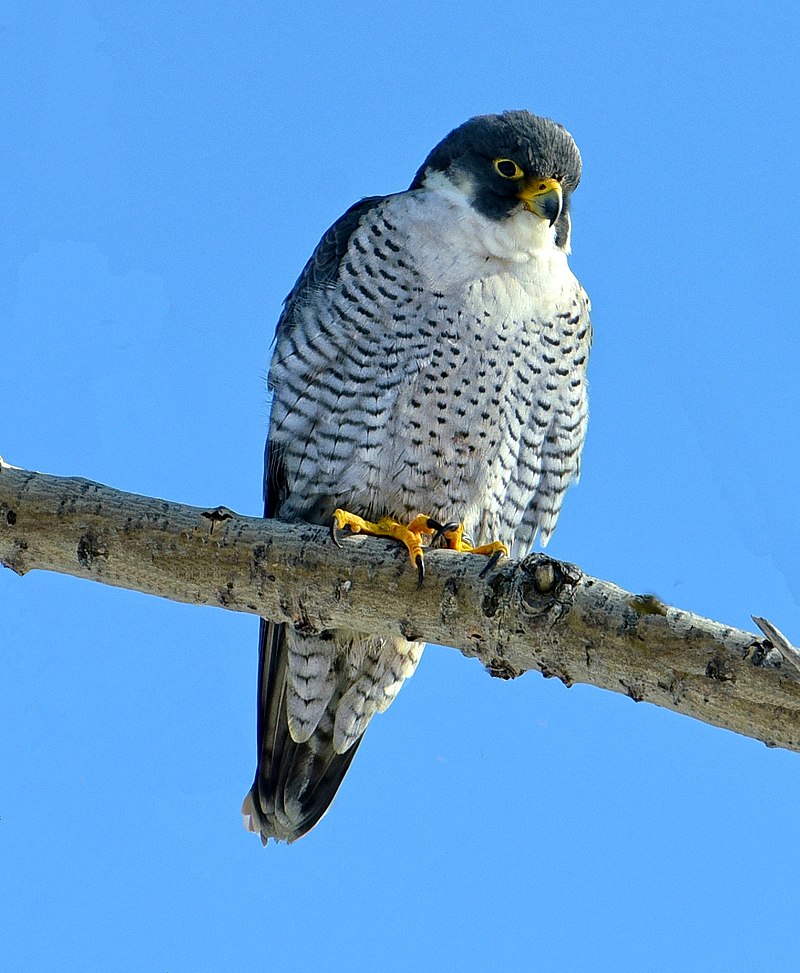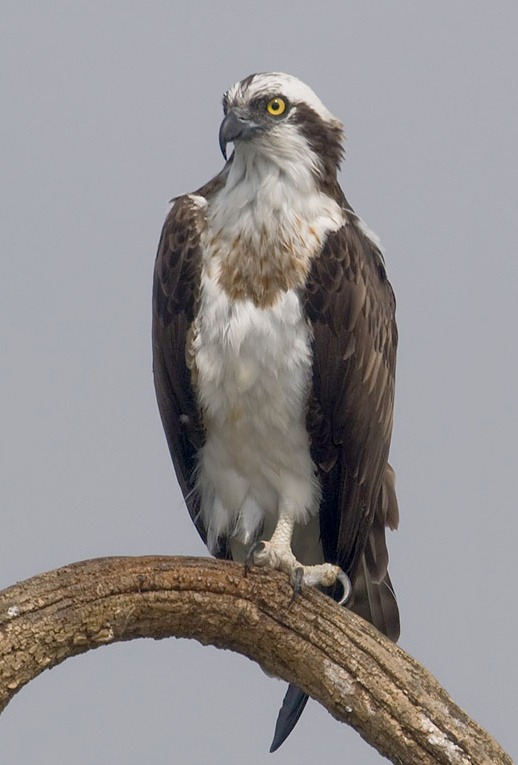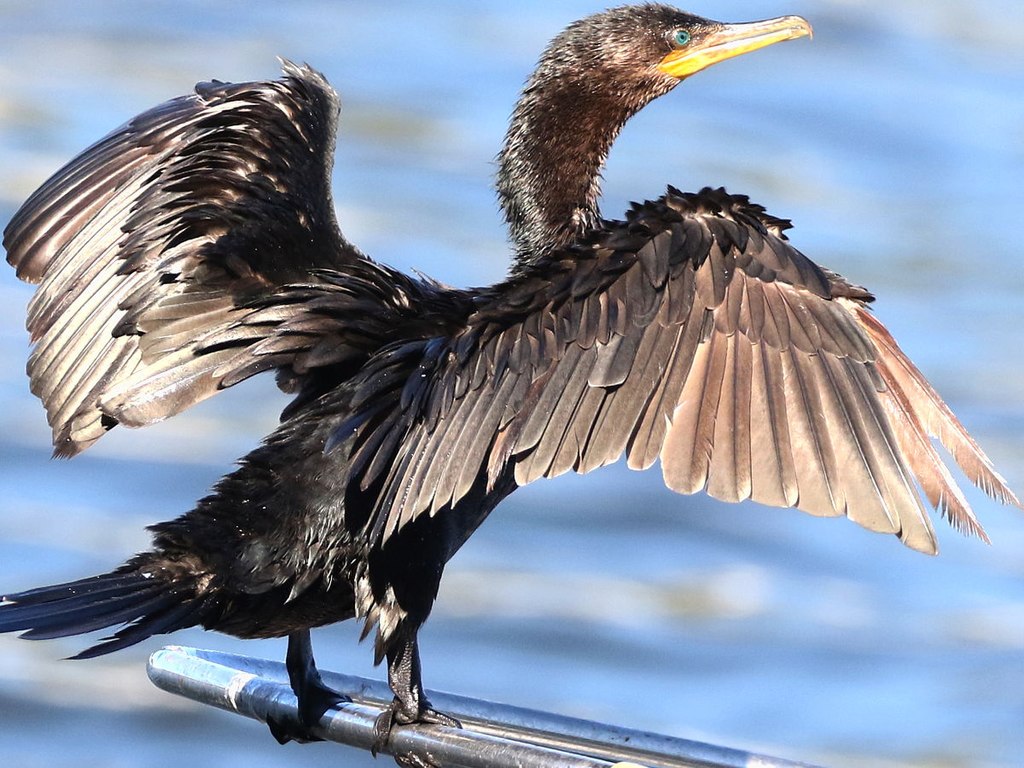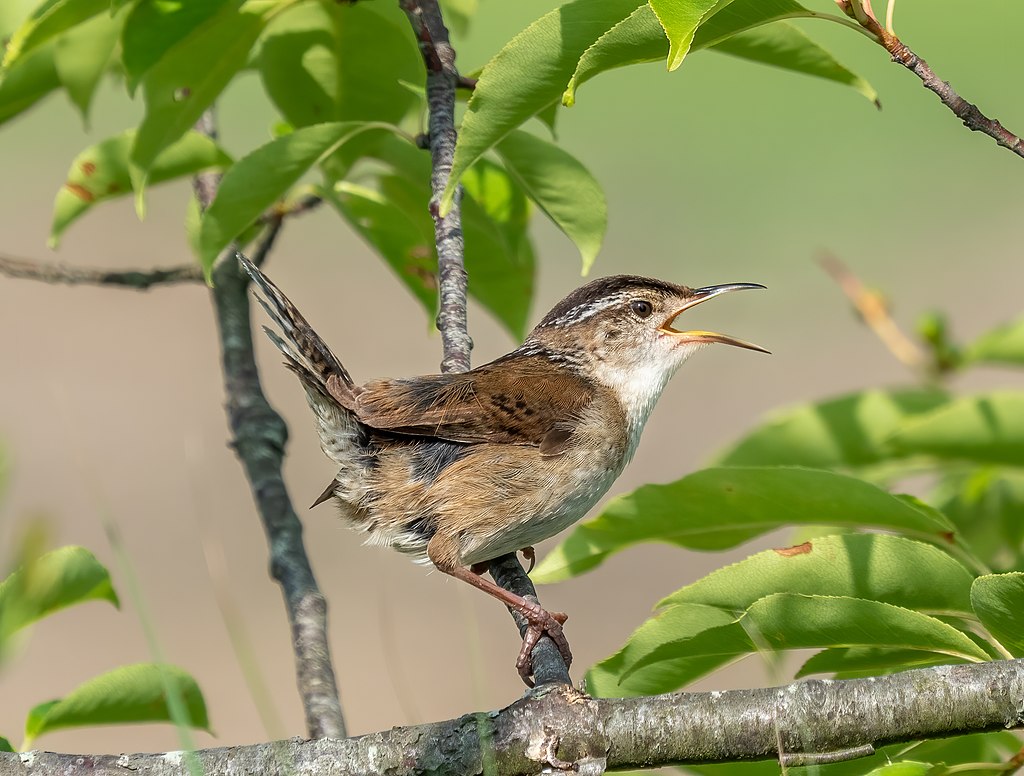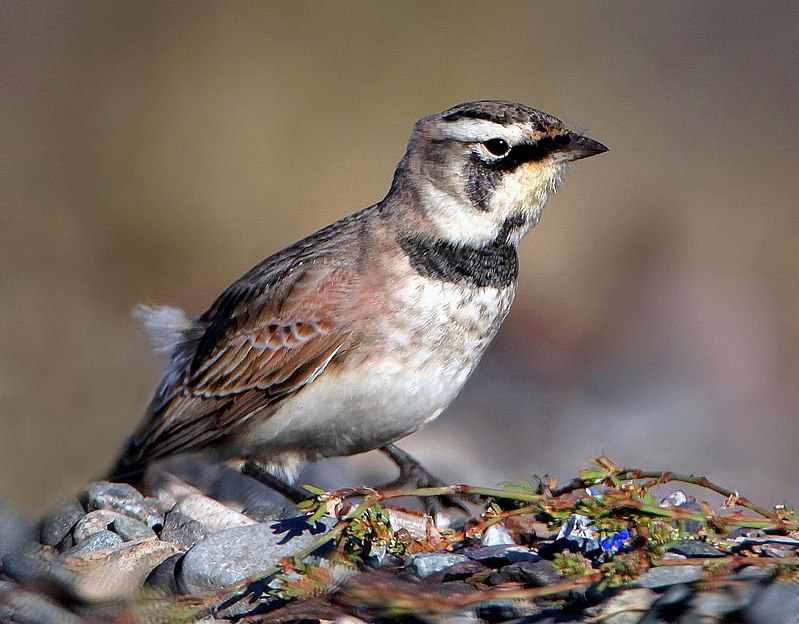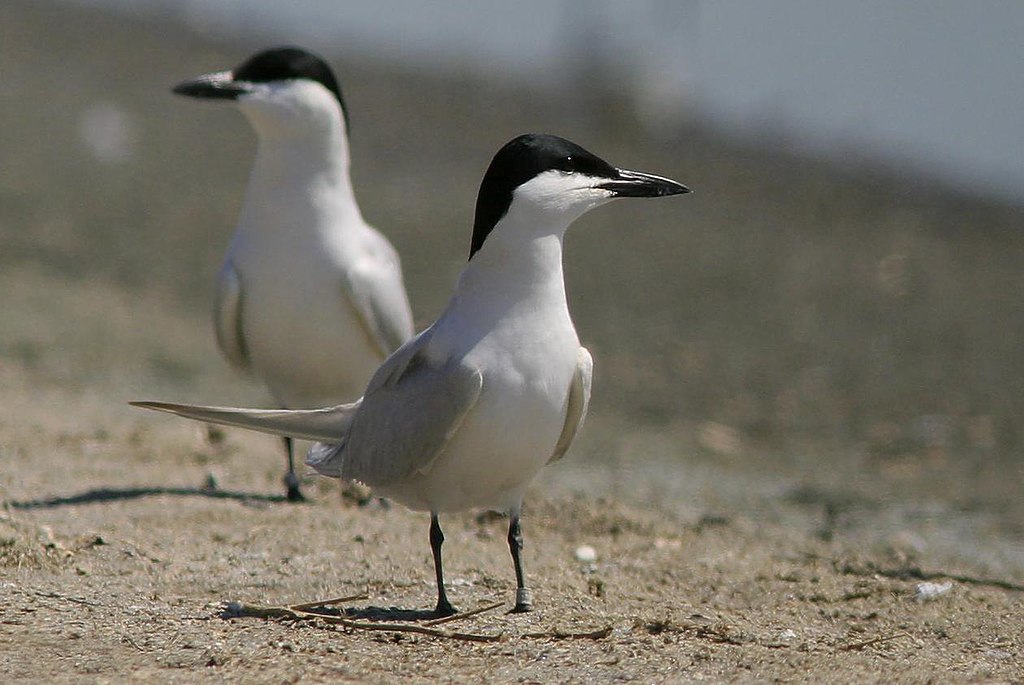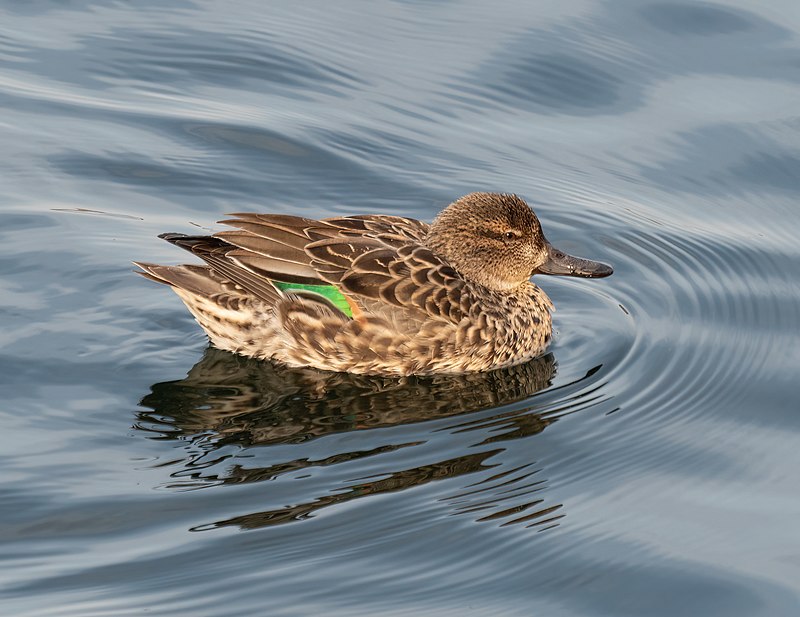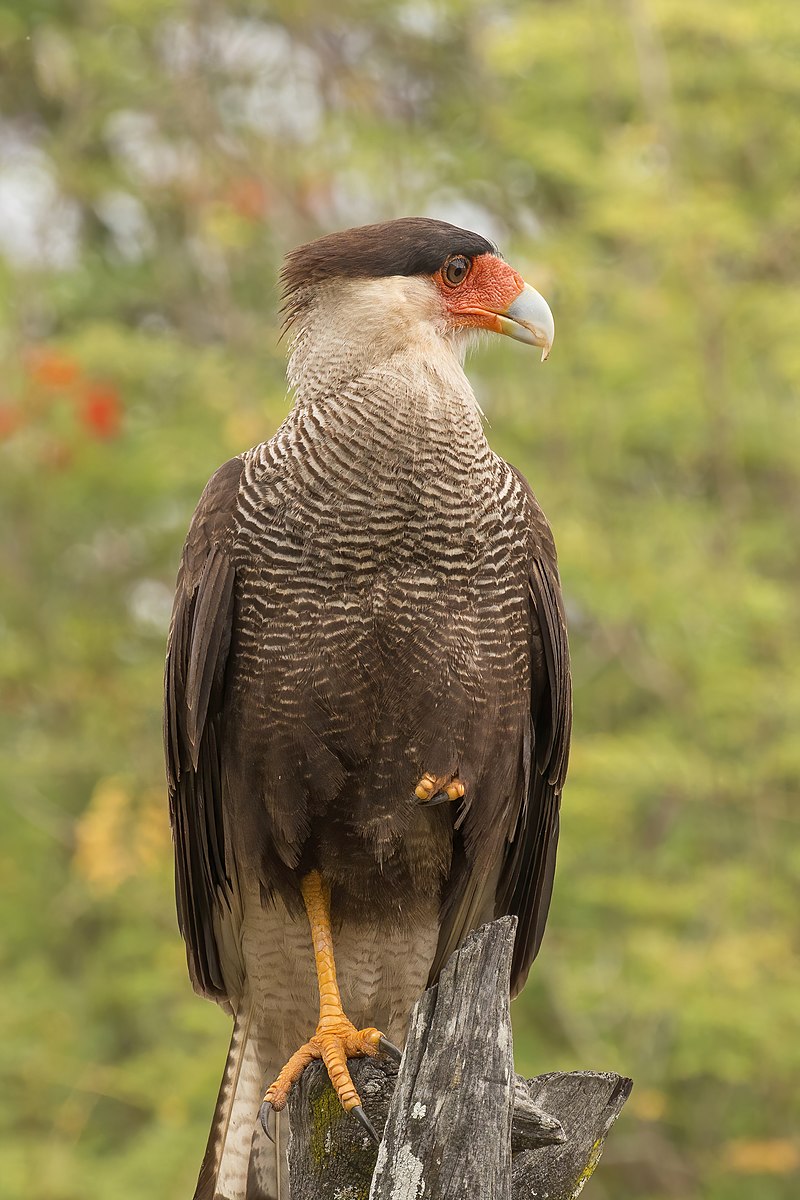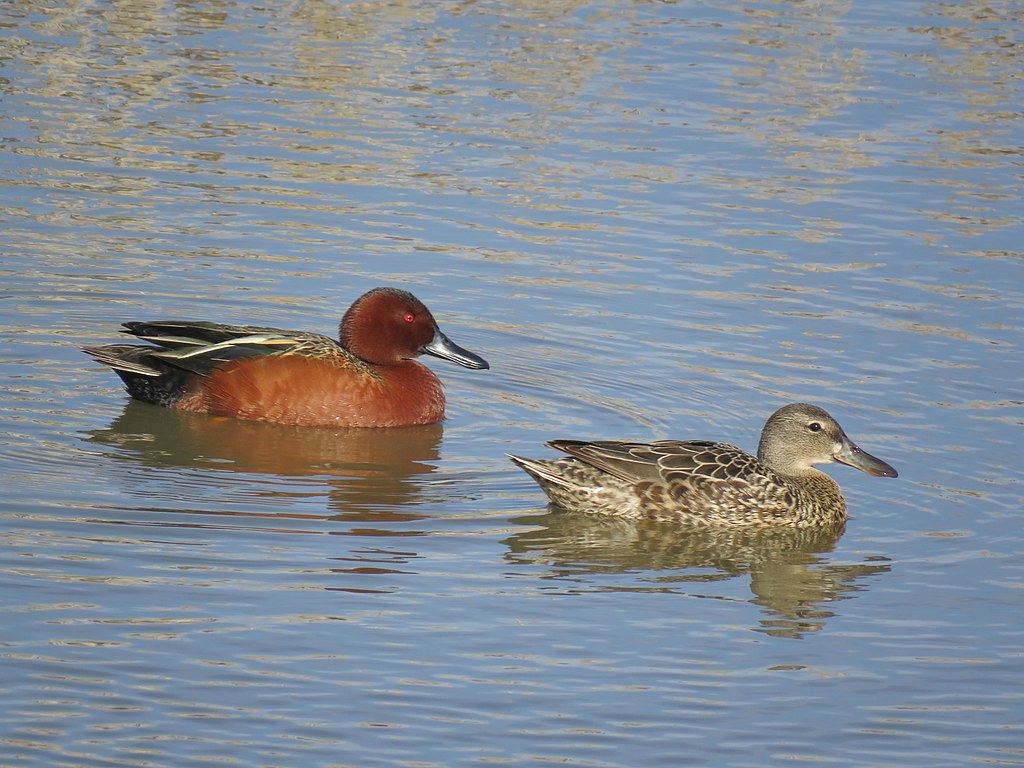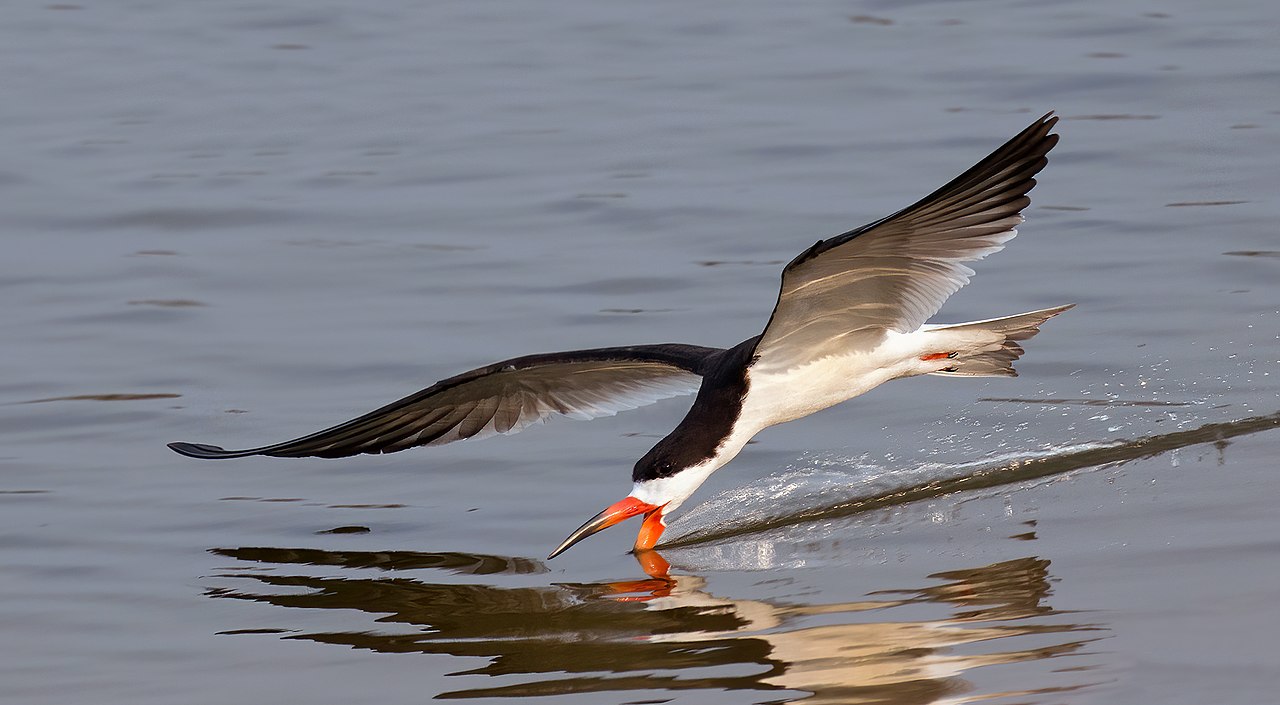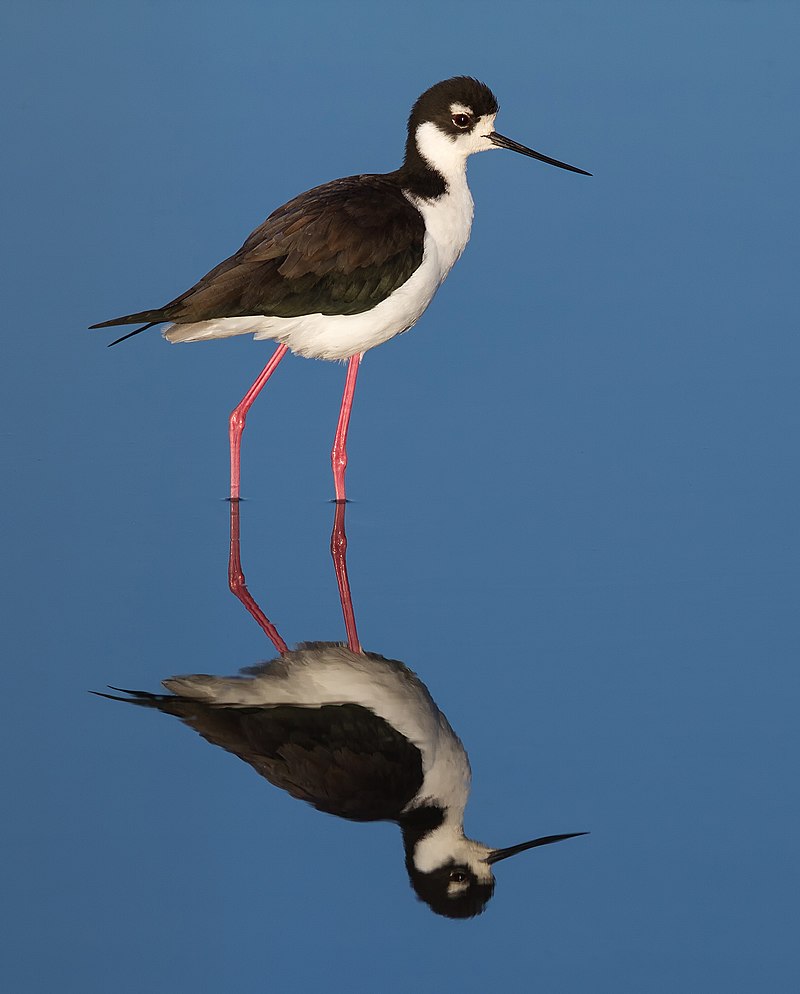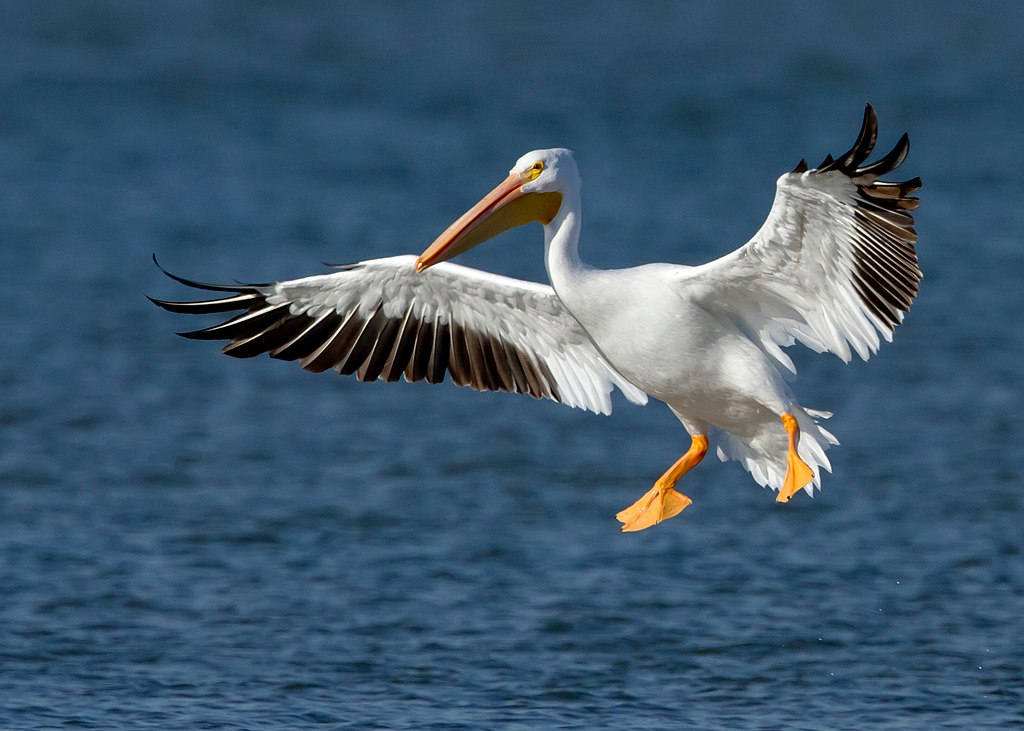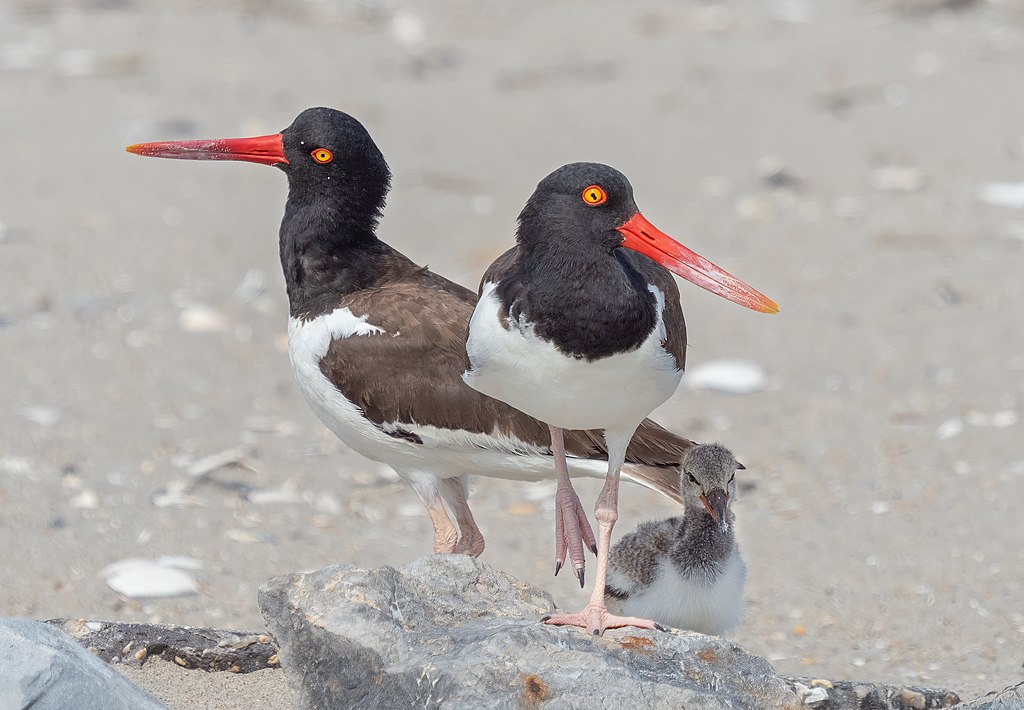The idea that there aren’t many birds to enjoy during the coldest months is a common misconception among winter birders. In fact, due to the limited food supply in the winter, many stunning and unusual birds are eager to visit feeders. You can see a huge variety of bird species during the winter. In addition to a large variety of birds to enjoy in the winter, Port A provides visitors with a variety of locations to see these species.
In this article, we will list the birds you will see in the Port Aransas area during the winter.
White-Tailed Hawk (Geranoaetus albicaudatus)
In the United States, the White-tailed Hawk is a large bird of prey that can be found only along the Texas Coast in tropical or subtropical environments. Among North American hawks, it has a white tail with a black band near the tip. Along SH-361 or Texas State Highway 361, White-tailed Hawks are frequently spotted perched on trees or power lines.
Swamp Sparrow (Melospiza georgiana)
Adult swamp sparrows have rusty, buff, and black streaks on their upper parts. Additionally, they have a white throat, a light belly, and gray breasts. The wings are impressively rusted out. Rust-colored caps are worn by the majority of men and a few women. A dark line runs through their eye on their gray face. Their legs and bills are relatively short. At various birding locations in Port Aransas, such as the Port Aransas Nature Preserve, swamp sparrows can be spotted.
Black-bellied Whistling Duck (Dendrocygna autumnalis)
The Black-bellied Whistling Duck stays in Port Aransas for the entire year. It stands out from other birds thanks to its long neck, long legs, black belly, red bill, and white wing patches. From southern Texas through coastal Mexico and Central America, the northern race of black-bellied whistling ducks breeds. The majority of pairs take turns taking care of the brood and remain together forever. Near bodies of water, nests are typically discovered in tree cavities, nest boxes, grassy areas, or under brush or cacti.
Sora (Porzana carolina)
The Sora is a small rail that is frequently heard but infrequently seen in marshes with dense vegetation. It is our most common rail and about the size of a quail. Adult Soras are long, with brown upperparts that have dark markings, blue-grey underparts, and black and white barring on the flanks. They have a short, thick, yellow bill with black markings on the face, base of the bill, and throat. Sora can be seen in the winter at the Leonabelle Turnbull Birding Center and the Joan and Scott Holt Paradise Pond.
Sandwich Tern (Thalasseus sandvicensis)
A medium-sized tern, the Sandwich Tern spends the entire year in the Port Aransas area. It has grey upperparts, white underparts, and a shaggy black crest with a white crown that is distinctive in the fall and winter, in addition to having a black bill with a yellow tip. It uses ground scrap to build its nest and lays one to three eggs. The Sandwich Tern is a bird that typically inhabits marine environments. It forages by diving to the ocean floor in search of fish, and as part of courtship rituals, the male presents fish to the female.
Ruddy Turnstone (Arenaria interpres)
The Ruddy Turnstone, a small wading bird, is currently a member of the sandpiper family but was formerly sporadicy classified as a member of the plover family. It is a highly migratory bird that breeds in northern Eurasia and North America before moving south to spend the winters on nearly all coastlines. The winter months bring frequent sightings of this stocky, small bird on the Port Aransas beach near the south jetty.
Ruddy Duck (Oxyura jamaicensis)
The Ruddy Duck spends the winter in Port A, nesting in the dense marsh vegetation close to the water at the pond of the Leonabelle Turnbull Birding Center and along the shorelines of Corpus Christi Bay. There are typically five to fifteen ducklings in a brood. This image shows a grown man with a rust-red body, a blue bill, and a white face hatted in black. The females have a grayish face, darker bill, cap, and cheek stripe, and are generally grayish brown in color.
Royal Tern (Thalasseus maximus)
The Royal Tern has a reddish-orange bill and a black cap during the breeding season; in the winter, the cap becomes patchy. Enjoy seeing the Royal Tern on the Port Aransas beach because it can only be seen where there is saltwater. This shorebird feeds close to the water, near the beach, or in backwater bays and is widespread all year.
Redhead (Aythya americana)
Male redheads have broad, rounded heads and bright reddish-chestnut necks. Its eyes are a bright yellow-orange color, and its short, blue bill has a black tip. It has a gray body with black breast, rump, and tail feathers. The female has a brown head and body and a bill that is dark blue with a black tip. In the winter, flocks of hundreds or even thousands of diving ducks, including the Redhead, congregate in ponds on Mustang Island and by the shores of Aransas and Corpus Christi Bays.
Reddish Egret (Egretta rufescens)
In Port Aransas, the Reddish Egret is a local breeder. This bird was once a victim of the trade in plumes. Only 1,500 to 2,000 Reddish Egret nesting pairs can be found in the United States, the majority of which are in Texas. In Texas, they are considered “threatened” and are given extra protection. It has a long, pointed pinkish bill with a black tip, is a medium-sized heron with long legs and a long neck. The legs and feet are bluish-black. There are two color morphs, but the sexes are similar. The body of the adult dark morph is slate blue, and its head and neck are reddish with shaggy plumes. The body plumage of the adult white morph is entirely white. The male’s feathers stand out in a ruff on its head, neck, and back during mating.
Peregrine Falcon (Falco peregrinus)
A powerful, swift-flying raptor, the Peregrine Falcon swoops down from great heights to hunt medium-sized birds. They nearly left eastern North America in the middle of the 20th century due to pesticide poisoning. Following intensive recovery efforts, the Peregrine Falcon has made an incredible comeback and is now a common sight in many major cities and coastal habitats. While driving along State Highway-361 (SH 361), keep an eye out for a Peregrine Falcon.
Osprey (Pandion haliaetus)
The Osprey, also known as a fish eagle or fish hawk, is a fish-eating, nocturnal bird of prey. This large raptor has brown upperparts with mainly grayish underparts, a black eye patch, and black wings. Ospreys can live in a variety of habitats and will build their nests wherever there is access to water and a sufficient supply of food. The Osprey’s other common name implies that it primarily eats fish. To aid in its hunting and prey capture, it exhibits peculiar behavior and has specialized physical characteristics. Keep an eye out for numerous Ospreys in the sky along SH-361 as you travel to and from Port Aransas.
Neotropic Cormorant (Phalacrocorax brasilianus)
The medium-sized Neotropic Cormorant is a cormorant with an extended tail and a small gular pouch (throat). At the Leonabelle Turnbell Birding Center in Port Aransas, it can frequently be seen hunting for food, primarily fish, by diving under the water and using its feet as propulsion. In South and Central America, as well as Southern Texas, the Neotropic Cormorant can be found in a range of habitats, including coastal marshes, sizable rivers, tiny streams, mangroves, and vast marshlands.
Marsh Wren (Cistothorus palustris)
A little songbird from North America called the Marsh Wren spends the winters in Port Aransas. Adults have a white breast and throat, a light brown belly, and light brown flanks. On the back are stripes in black and white. Although males in the West have a wider variety of songs, a male’s song is typically a loud gurgle used to stake out territory. They have a short, thin bill and a dark cap with a white line over the eyes. Marshes with tall vegetation, like the cattails at the Leonabelle Turnbull Birding Center, are where they prefer to breed. The undergrowth is actively searched for by these birds, who sporadically soar into the air to catch flying insects. Insects make up the majority of their diet, but they also eat spiders and snails.
Horned Lark (Eremophila alpestris)
The horned lark family of small songbirds is distinguished by their striking black and yellow face patterns and dark breast bands. The species gets its name from two tiny black feather tufts that appear as “horns” on the summer male’s head. In most of North America, the Horned Lark breeds in open areas with few bushes or short grass. The Port Aransas Nature Preserve is where it breeds, and it is frequently spotted year-round on the golf course and other grassy and weedy areas eating seeds there.
Gull-billed Tern (Gelochelidon nilotica)
The Gull-billed Tern frequents marshes and grassy fields on Mustang Island. This tern differs from others of a similar size and general appearance due to its short, thick gull-like bill, broad wings, long legs, and robust body. The adult summer sparrow has white underparts and grey upperparts, as well as black legs, a black cap, and a robust black bill. A dark patch that resembles a Forster’s Tern runs through the eye and the cap is absent in the winter. In addition to its usual diet of fish and crustaceans, the Gull-billed Tern also eats insects while in flight or on the ground.
Green-winged Teal (Anas carolinensis)
The smallest dappled duck in North America, the Green-winged Teal, can be found at the Leonabelle Turnbull Birding Center. This duck, which is a strong migrant, spends its winters far south of its breeding grounds. The breeding male can be identified by its yellow tail, white-edged green speculum, and grey flanks and back whether it is in flight or at rest. It has a chestnut-colored head and a green eye patch. The green-winged teal has a diverse diet. They eat grass, edge seed, mollusks, crustaceans, and aquatic insects.
Crested Caracaras (Caracara plancus)
Crested caracaras are avian birds, just like falcons. Folktales and legends about the Crested Caracara, also referred to as the “Mexican eagle,” are prevalent throughout Central and South America. It originates on Mustang Island and spreads into Texas, Arizona, and Florida. This tropical falcon has a varied diet that includes insects, fish, reptiles, amphibians, and mammals in addition to frequently feeding alongside vultures on various types of carrion.
Cinnamon Teal (Anas cyanoptera)
At the Leonabelle Turnbull Birding Center, you can see tiny, reddish dabbling ducks known as Cinnamon Teal during the winter. The adult male’s head and body are cinnamon-red, and he has a brown back, a red eye, and a dark bill. With a mottled brown body, a pale brown head, brown eyes, and a grey bill, the adult female has a similar appearance to a female Blue-winged Teal. However, the adult female’s overall color is richer and the spots, eye line, and eye ring are less obvious. Cinnamon teals occasionally eat plants in addition to mollusks and aquatic insects.
Black Skimmer (Rynchops niger)
The Black Skimmer is the only species of skimmer that can be found in North and South America. It is a large, red tern that is black and white with a black tip. Black Skimmers can be seen late at night along the coast at the Leonabelle Turnbull Birding Center and other locations with pools of water. The Skimmer uses its lower bill to “skim” through the water until it comes across a fish, at which point it snaps its head down and uses its upper bill to grab the creature.
Black-necked Stilt (Himantopus mexicanus)
Black-necked Stilts can be found in large numbers in Port Aransas near the edges of shallow water. This bird is striking with long, thin pink legs and a long, black bill. It is in black and white. When their food sources—worms, mollusks, shrimp, insects, and small fish—are in large quantities, they prefer marshes, mudflats, ponds, and drainage ditches.
American White Pelican (Pelecanus erythrorhynchos)
A small percentage of American White Pelicans winter along the coast, though most breed on lakes throughout the northern Great Plains and western mountains. White pelicans typically swim while dipping their bills into the water and scoop up prey with their expandable pouches, in contrast to Brown pelicans.
American Oystercatcher (Haematopus palliatus)
All year long, Port Aransas, Texas, is home to the American Oystercatcher. Locally, in the Northeast, they became extinct because of market hunting and egg collecting during the 19th century. They received protection under the Migratory Bird Treaty Act, and as a result, their range was extended northward to reclaim former habitat in New England. They nest on the beach and eat aquatic invertebrates for food. A big, heavy beak is used to pry open bivalve mollusks. Oystercatchers care for a clutch of two or three chicks.

